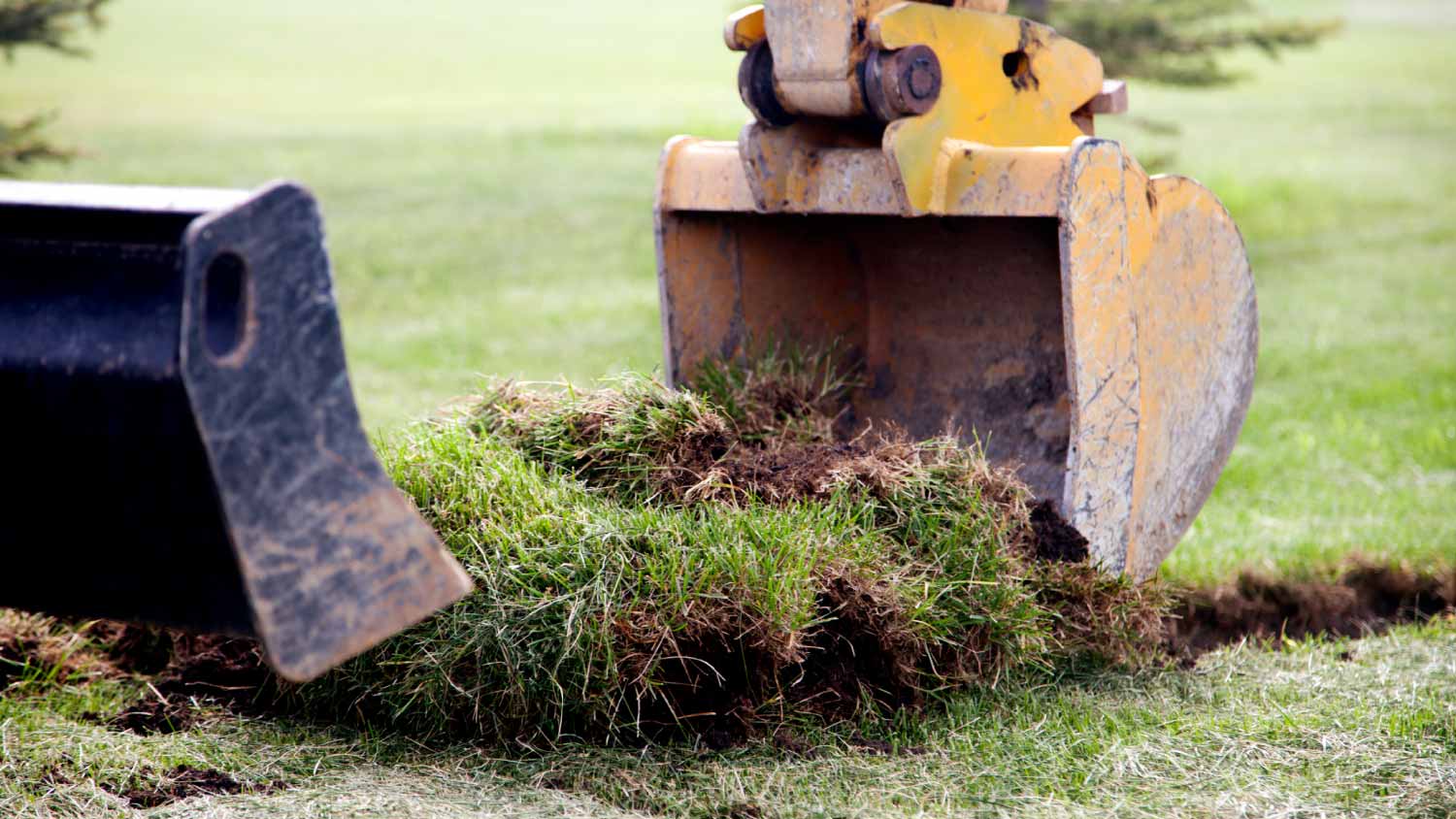
Get matched with top land surveyors in Amboy, MN
Enter your ZIP and get matched with up to 5 pros
Need a pro for your land surveying project in Amboy, MN?
Find Land surveyors in Amboy
No results for Land surveyor in
Try adjusting your search criteria.The Amboy, MN homeowners’ guide to land surveying services
From average costs to expert advice, get all the answers you need to get your job done.
 •
•Discover site preparation cost estimates, including average prices, cost factors, and tips to help homeowners budget for their next project.

A land survey can determine your property’s borders and settle property disputes. Learn how much a land survey costs and what can affect the price.

Just bought a plot of land and need to get it build-ready? Learn how much it costs to clear land to gauge your initial budget before you break ground.

Boundary surveys and topographic surveys provide important information about a property. Learn the differences between boundary and topographic surveys.

If you've just been told that you need a land survey to continue your project, what time of land survey do you really need? Here are eight main options.

Real estate transactions often require a survey, but who pays for it? Learn who pays for a land survey in most cases and some exceptions to the norm.
- 🌱 "Mow a small front yard"
- 🛠 "Fix a leaking pipe under the sink"
- 🏠 "Repair shingles on an asphalt roof"